How do you remove moisture and condensation from basement walls?
We recently moved into a 15 year old home and have a smell coming from the basement. We had a mold inspector test and look everywhere and found no issues. We took down our insulated wall panels and there is a clear plastic barrier then pink fiberglass insulation right on the foundation. The insulation and barrier/plastic sheet are from floor to ceiling. We opened it up and found the insulation is very damp on the foundation side. There is no mold in there but my hand got wet in the spots I stuck it in. We have been running a dehumidifier for a couple of weeks and it hasn't fixed the issue or smell. I smelled behind the insulation and found that to be where the smell is originating...just damp concrete and insulation. There is no wood as the wall frames are metal. No leaks from the outside coming in either.
I feel like the insulation is wrong and the insulation and the plastic barrier are creating the issue. What should be done to remedy this? Replace insulation with foam insulation and have no plastic barrier? Would it be wise to pull down all the insulation in the meantime to dry things out or would that cause other issues? We live in the GTA.
Thank you,
Aaron




















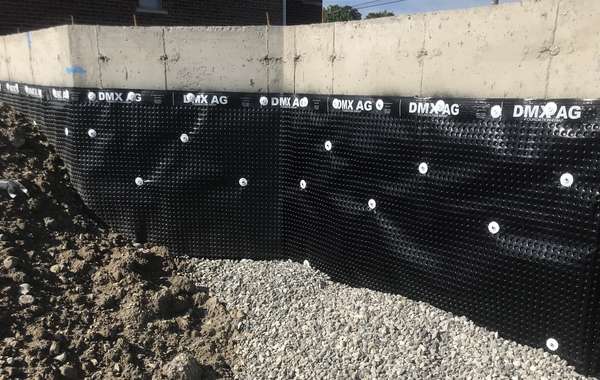
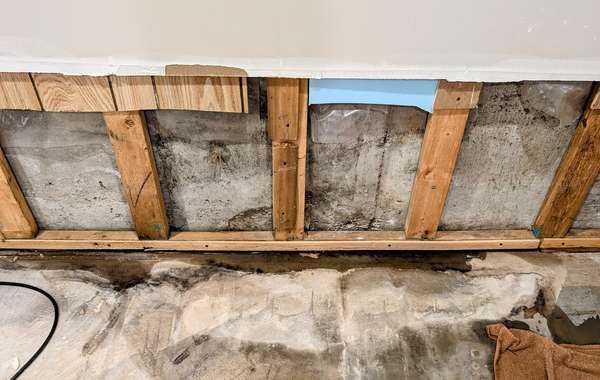
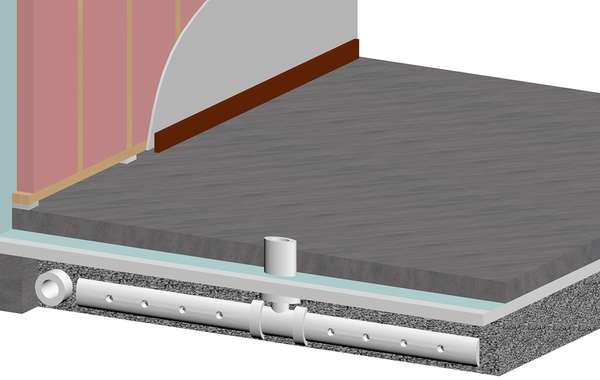

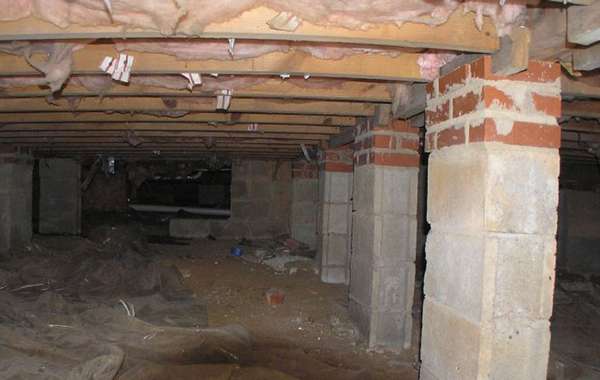
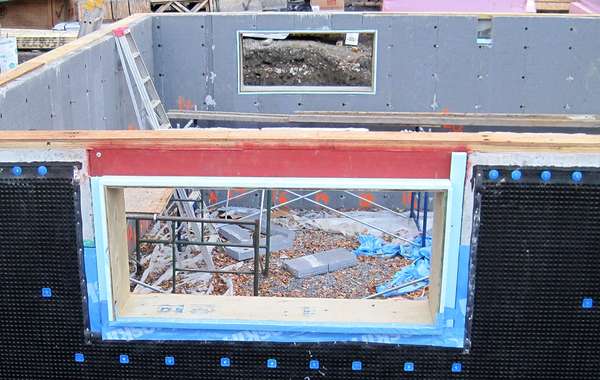
Your feelings are correct unfortunately, that is the wrong way to insulate a basement. Moisture is building up in the insulation because the wall is trying to dry to the inside but it is being prevented from doing so by the poly vapor barrier. This page explains what a mistake a basement vapor barrier is -
Why are Basements Moldy? How to Fix & Prevent Mold in Homes
A dehumidifier is a good thing to have in a basement but it won’t do much to remove moisture from the other side of a vapor barrier. Judging by how the builders designed the interior and the fact that it is still wet 15 years later, I would be surprised if they included proper moisture and water management on the outside (a drainage matt), so with the concrete being porous it will continue to absorb moisture from the ground and deposit it inside the wall.
We have a few pages that will help you understand what is happening, as well how to do it properly if you decide to repair it. See our page about how insulation works, and this page on how to insulate a basement properly. Perhaps they used metal studs instead of wood studs as a way to stop the wall from rotting, but that as well is not a good practice. The conductivity of metal means that it will act as a thermal bridge, so you should never use metal studs on exterior walls.
As for your last question, yes, unfortunately the only way to fix it that we can think of is to remove it and do it properly. If you do that in the winter then you will experience more heat loss, but frankly wet insulation between metal studs isn't doing that great a job anyway. Sorry we don't have better new to report Aaron, best of luck.
Hi, if we replace the insulation with spray foam or rigid foam and do not change the exterior waterproofing, will that stop the moisture from coming inside? Or is digging down and adding a waterproofing membrane and also replacing the insulation the only way to fix this? I have read that the external digging and waterproofing is very expensive.
Thank you,
Aaron
Yes, doing it from the outside would be ideal, that way you can install a drainage matt and weeping tile, and by insulating the exterior you keep the concrete warm which protects it from cracking due to the annual freeze / thaw cycle. You would also get a few more inches of room on each side of the wall on the interior. If you've got the budget for it and the ability to get around the house with a small excavator I'd say go for it, but for sure it's going to cost more. It's definitely the 'best' way to do it but it can be a huge hassle with porches, decks and laneways, and then having to cover the foam with cement board or parging, so we don't try too hard to push people in that direction even though it makes for a better build.